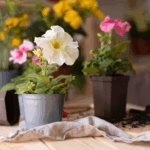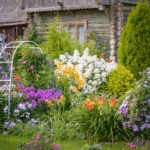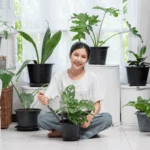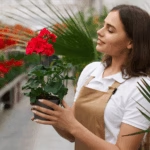If you’ve ever wondered what to do with kitchen scraps, garden waste, or fallen leaves, the answer is simple: compost them! Composting is the natural process of recycling organic material into a nutrient-rich soil amendment. Not only does it reduce household waste, but it also improves soil health and boosts plant growth.
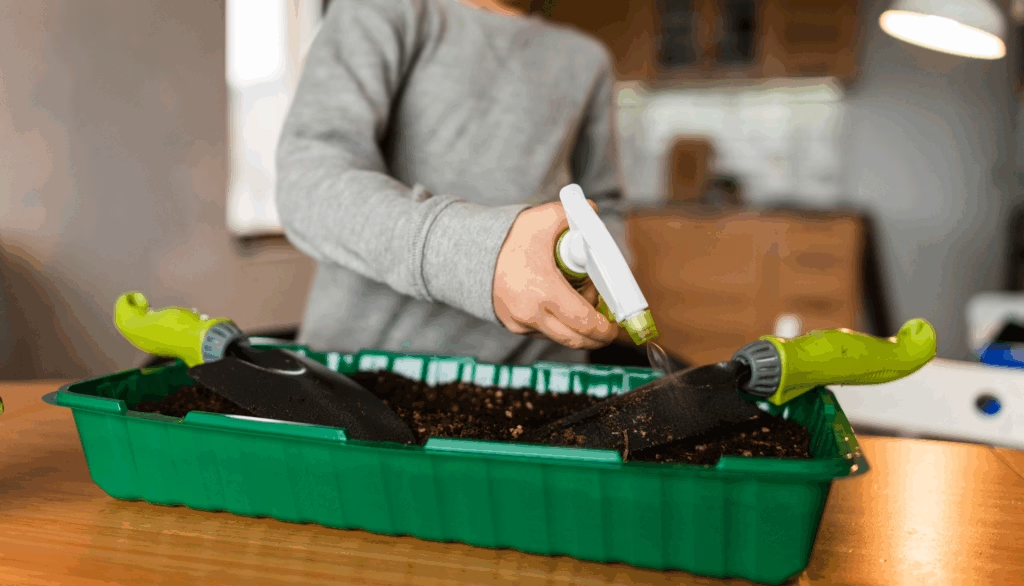
The best part? You don’t need fancy equipment or a large backyard to get started. This beginner-friendly composting guide will walk you through 7 easy steps to create compost at home.
Why Composting Matters
Before diving into the steps, here’s why composting is worth it:
- Reduces Waste: Food scraps and yard waste make up about 30% of household garbage, according to the EPA.
- Improves Soil: Compost enriches soil with nutrients and beneficial microbes.
- Saves Money: Less need for chemical fertilizers.
- Eco-Friendly: Helps cut methane emissions from landfills.
Step 1: Choose Your Composting Method
There are several ways to compost, depending on your space:
- Backyard Composting Bin: Great for medium to large gardens.
- DIY Compost Pile: Simple and affordable, using just a corner of your yard.
- Indoor Composting (Bokashi or Worm Bin): Ideal for apartments or small spaces.
For a simple start, a compost bin or pile is best for beginners.
Step 2: Select a Good Location
Pick a spot that’s:
- Shady or partly sunny (to prevent overheating).
- Well-drained (so compost doesn’t turn soggy).
- Easily accessible for adding scraps and turning the pile.
Step 3: Gather Compost Materials
Compost needs a balance of “greens” (nitrogen-rich) and “browns” (carbon-rich) materials.
Greens (Wet Materials):
- Fruit and vegetable scraps
- Coffee grounds and tea bags
- Grass clippings
- Eggshells
Browns (Dry Materials):
- Dry leaves
- Straw or hay
- Shredded cardboard and paper
- Wood chips or sawdust
Avoid: Meat, dairy, oily food, diseased plants, and pet waste (they cause odor and attract pests).
Step 4: Build Your Compost Layers
Start with a layer of browns at the bottom, then alternate with greens.
Layering Example:
- Shredded cardboard (browns)
- Vegetable peels (greens)
- Dry leaves (browns)
- Coffee grounds (greens)
This ensures proper air circulation and speeds up decomposition.
Step 5: Maintain the Right Moisture
Your compost pile should be as damp as a wrung-out sponge.
- Too dry? Add water or more greens.
- Too wet? Add more browns like leaves or paper.
Step 6: Turn the Pile Regularly
Aeration is key! Turning your compost every 1–2 weeks adds oxygen, which speeds up decomposition and prevents foul odors.
A garden fork or compost aerator makes this task easier.
Step 7: Harvest Your Compost
In 2–4 months (depending on method and materials), your compost will be ready. You’ll know it’s done when:
- It’s dark brown and crumbly.
- Smells earthy (not rotten).
- Original materials are no longer visible.
Spread it in your garden beds, mix it with potting soil, or use it as mulch.
Common Composting Problems (and Fixes)
- Bad Odor: Too many greens. Fix by adding browns and turning the pile.
- Dry Pile: Add water and greens.
- Slow Breakdown: Turn more often, add smaller pieces, or balance greens and browns.
- Pests: Avoid adding food like meat or bread; cover food scraps with leaves.
Quick Reference Chart: Composting Do’s and Don’ts
| Do Compost | Don’t Compost |
|---|---|
| Fruit & veggie scraps | Meat & dairy |
| Coffee grounds & filters | Oily foods |
| Grass clippings | Pet waste |
| Dry leaves & branches | Diseased plants |
| Shredded paper & cardboard | Plastic, glass, or metal |
FAQs About Composting for Beginners
1. How long does composting take?
Anywhere from 2–6 months, depending on pile size, moisture, and turning frequency.
2. Can I compost indoors?
Yes! Use a worm bin or Bokashi system for small apartments.
3. Is compost the same as fertilizer?
Not exactly—compost improves soil structure and nutrients, while fertilizer provides specific nutrients. Both can work together.
4. Do I need worms to compost?
No, but worms (vermicomposting) speed up the process and make compost richer.
5. Can compost go bad?
Not really, but it can get smelly if unbalanced. Adjust by adding browns and turning.
Conclusion
Starting a compost pile may feel intimidating at first, but with these 7 simple steps, anyone can create nutrient-rich compost at home. From reducing waste to growing healthier plants, composting is one of the easiest eco-friendly habits you can adopt.
Call to Action: Ready to start composting today? Explore more guides on Agzora.com for DIY compost bins, organic gardening tips, and sustainable gardening hacks.


